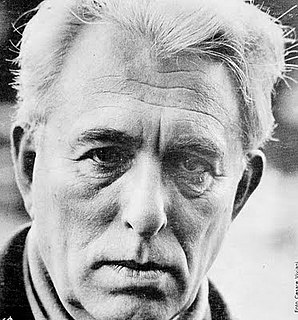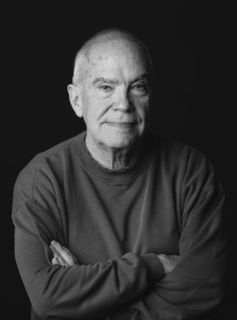Mauro Cristofani was a linguist and researcher in Etruscan studies.

Teodulo Mabellini was an Italian composer.

Vittorio Umberto Antonio Maria Sgarbi is an Italian art critic, art historian, writer, politician, cultural commentator and television personality. He is President of the Museum of Modern and Contemporary Art of Trento and Rovereto. He was appointed curator of the Italian Pavilion at the 2011 Venice Biennale. Several times a member of the Italian Parliament, in 2008 he served as Cabinet Member for Culture, Arts and Sports in Milan's municipal government for six months when Mayor Letizia Moratti terminated his mandate as she saw him 'unfit for the job'. In 2012, he was removed as Mayor of Salemi by the Ministry of Interior after he failed to acknowledge Mafia interferences in his cabinet.
The Acqui Award of History is an Italian prize. The prize was founded in 1968 for remembering the victims of the Acqui Military Division who died in Cefalonia fighting against the Nazis. The jury is composed of seven members: six full professors of history and a group of sixty (60) ordinary readers who have just one representative in the jury. The Acqui Award Prize is divided into three sections: history, popular history, and historical novels. A special prize entitled “Witness to the Times,” given to individual personalities known for their cultural contributions and who have distinguished themselves in describing historical events and contemporary society, may also be conferred. Beginning in 2003 special recognition for work in multimedia and iconography--”History through Images”—was instituted.

Franco Fortini was the pseudonym of Franco Lattes, an Italian poet, writer, translator, essayist, literary critic and Marxist intellectual.
Antonio Bueno was an Italian painter of Spanish origin, who acquired Italian citizenship in 1970. He was born in Berlin while his journalist father was posted there by the newspaper ABC of Madrid.

Paolo Del Bianco, is president of the Romualdo Del Bianco Foundation, member of the ICOMOS Hungary Committee, member of the ICOMOS International Scientific Committee for Theory and Philosophy of Conservation and Restoration, honorary member of the ICOMOS International Scientific Committee for Mural Paintings, promoter and founder of Life Beyond Tourism Non Profit Portal, President of Centro Congressi al Duomo - CCAD Firenze affiliate member UNWTO.

Marino Moretti was an Italian poet and author.
The term multilingual titling defines, in the field of titling for the performing arts, the chance for the audience to follow more than one linguistic option.

Mauro Macario is an Italian poet, essayist and director.
Giampaolo Coral was an Italian composer.

Dolores Puthod is an Italian painter.

Andrés Neumann is a polyglot design thinker, and performing arts and creative and cultural industries professional, born in Bolivia, raised in Uruguay and established in Europe.

Antonio Garbasso was an Italian physicist and National Fascist Party politician. He was the 14th mayor and the 1st podestà of Florence, Kingdom of Italy.

Giacomo Romano Davare is an Italian writer, stage director and teacher.
Maria Idolina Landolfi was an Italian novelist, poet and literary critic. She was daughter of the writer Tommaso Landolfi and the principal curator of his works.

Assumption of the Virgin is a 1524-1526 oil on canvas painting by Moretto da Brescia, displayed as the high altarpiece in the Old Cathedral in Brescia.
Gianfranco Folena was an Italian linguist, philologist, and academic.
Michele Sambin is an Italian theatre director and artist.
Carlo Francovich was an Italian politician, partisan and literary historian.